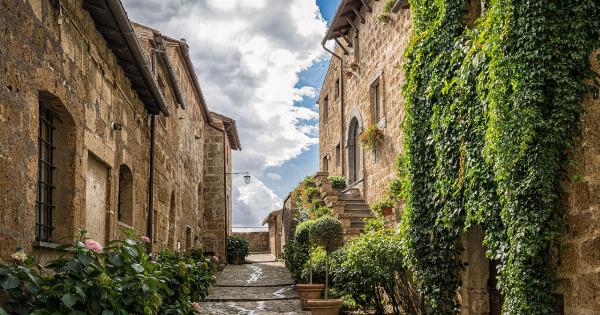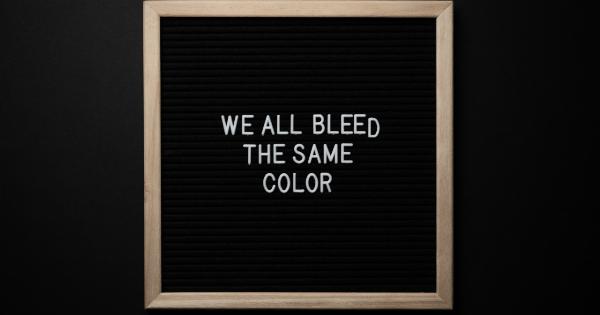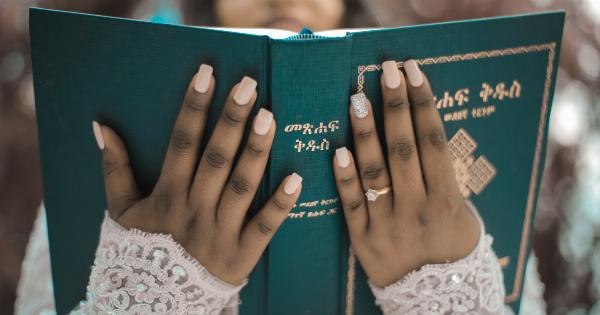New York City (NYC), often referred to as the Big Apple, is a vibrant metropolis known for its iconic landmarks, fast-paced lifestyle, and diverse population.
As one of the world’s most famous cities, NYC has a complicated relationship with its past. From its early days as a Dutch settlement to its present-day status as a global hub of finance, art, and culture, the city’s history is filled with triumphs, tragedies, and moments of transformation.
The Colonial Era: Dutch Roots
NYC’s history dates back to the early 17th century when it was first settled by the Dutch. Originally known as New Amsterdam, the city served as a trading post for the Dutch West India Company.
However, the city’s Dutch influence is often overlooked compared to its later British heritage. Despite this, NYC still bears traces of its Dutch origins, such as street names like Wall Street and Broadway.
The British Takeover and the American Revolution
In 1664, the British seized control of New Amsterdam and renamed it New York. Under British rule, NYC experienced rapid growth and emerged as a major port city.
However, tensions between the American colonies and the British crown eventually led to the American Revolution. NYC became a crucial battleground and was occupied by the British for most of the war. The city’s historic sites, such as Fraunces Tavern and Federal Hall, serve as reminders of its role in the birth of a new nation.
Immigration and the Melting Pot
Throughout the 19th and 20th centuries, NYC underwent a massive influx of immigrants, becoming a melting pot of cultures. People from all over the world sought new opportunities in the city, bringing with them their languages, traditions, and cuisines.
This rich diversity is still evident in neighborhoods like Chinatown, Little Italy, and Harlem. However, this rapid growth also led to overcrowding, poverty, and social tensions, as depicted in Jacob Riis’ groundbreaking book, “How the Other Half Lives.”.
The Roaring Twenties and the Great Depression
The 1920s were a time of economic prosperity and cultural renaissance in NYC. The city became the center of the Jazz Age, with iconic venues like the Cotton Club and the Harlem Renaissance taking place.
However, the Wall Street Crash of 1929 and the subsequent Great Depression brought the city to its knees. The once-thriving metropolis faced high unemployment rates, homelessness, and widespread suffering. This era marked a turning point in NYC’s history.
Urban Renewal and Modernization
In the mid-20th century, NYC underwent significant urban renewal and modernization efforts. The city demolished many old buildings and replaced them with new structures, such as the imposing skyscrapers that define its iconic skyline.
The construction of major infrastructure projects like the Brooklyn Bridge and the Lincoln Tunnel transformed the city’s transportation system. However, these changes also sparked debates about the destruction of historical landmarks and the displacement of marginalized communities.
9/11: A Tragic Turning Point
The most significant event in recent NYC history was the terrorist attacks of September 11, 2001. The destruction of the World Trade Center towers caused immense loss of life and left a lasting impact on the city’s psyche.
The attacks reshaped NYC’s relationship with security and led to the construction of the new One World Trade Center. The 9/11 Memorial and Museum now stand as a somber reminder of the tragedy and a tribute to the lives lost.
Preserving the Past: Historic Landmarks and Museums
Despite the city’s constant evolution, NYC recognizes the importance of preserving its past. The city is home to numerous historic landmarks and museums that offer a glimpse into different eras of its history.
From the Statue of Liberty and Ellis Island to the Metropolitan Museum of Art and the Museum of the City of New York, these institutions celebrate the city’s diverse heritage and serve as educational resources for both locals and visitors.
The Challenges of Gentrification
Gentrification is an ongoing issue in NYC that further complicates its relationship with the past. As neighborhoods undergo revitalization and attract wealthier residents, longtime residents often face displacement and cultural erasure.
Areas like Williamsburg in Brooklyn and the Lower East Side in Manhattan have experienced significant gentrification, leading to the loss of affordable housing and community establishments. Striking a balance between progress and preservation is a constant challenge for the city.
Celebrating the Past: Annual Parades and Festivals
NYC finds ways to celebrate its diverse history through annual parades and festivals. Events like the St.
Patrick’s Day Parade, Puerto Rican Day Parade, and West Indian American Day Carnival showcase the city’s multicultural fabric and offer opportunities to reflect on the contributions of different communities. These celebrations also provide a platform for cultural exchange and understanding.
NYC’s Future and its Relationship with the Past
As NYC continues to evolve, its relationship with the past remains complex. While the city embraces progress and innovation, it also recognizes the value of its history and the importance of preserving its cultural heritage.
Balancing the demands of a modern metropolis with the need for historical conservation is an ongoing challenge, but NYC’s ability to constantly reinvent itself while honoring its past is what makes it truly unique.



























